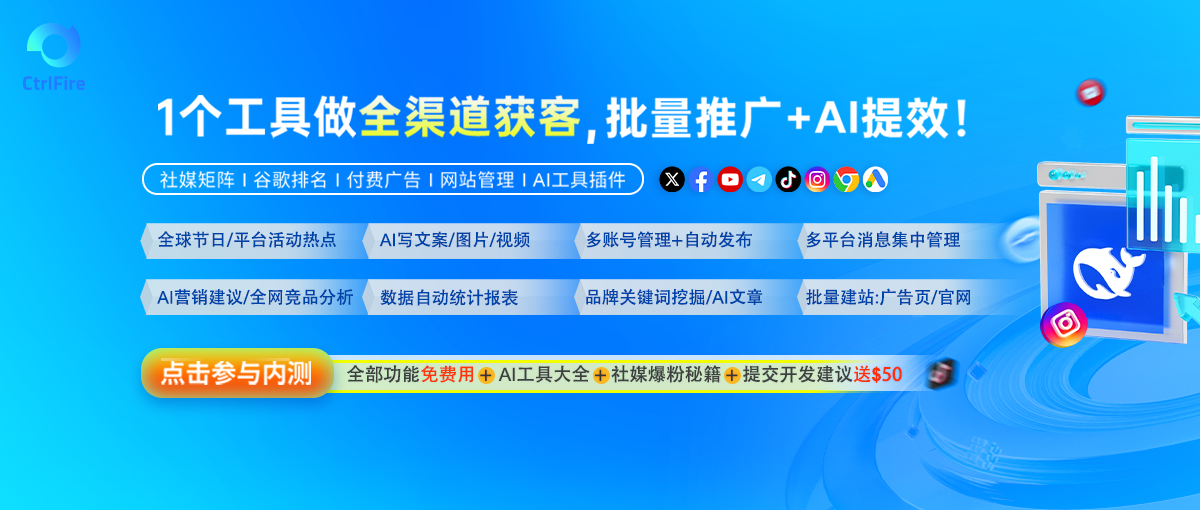Instagram多开浏览器操作指南:为电商卖家量身定制
为什么电商卖家需要多开浏览器?
作为一名电商卖家,你可能已经意识到管理多个Instagram账号的重要性。无论是为了运营不同的品牌,还是为了测试广告效果,使用多开浏览器都是一项不可或缺的技能。今天咱们就来聊聊如何用多开浏览器高效地管理这些账号。
首先,想象一下,如果你只有一个浏览器窗口,每次切换账号都需要重新登录,这得多麻烦啊!而且频繁切换账号还容易触发平台的安全机制,导致账号被封禁。这时候,多开浏览器就成了你的救星。
选择合适的多开浏览器工具
市面上有很多优秀的多开浏览器工具,比如VMLogin、Multilogin等。它们不仅能让你同时打开多个浏览器窗口,还能模拟不同的设备环境,避免被平台检测到异常行为。
我个人特别喜欢VMLogin,因为它操作简单,界面也很友好。只需点击几下,就能创建一个新的浏览器配置文件,每个配置文件都有独立的IP地址和设备指纹。听起来是不是很酷?😊
设置多开浏览器的基本步骤
第一步当然是下载并安装你喜欢的多开浏览器工具啦!安装完成后,打开软件,你会看到一个“新建配置文件”的选项。点击它,然后根据提示填写相关信息。
这里有个小技巧:记得为每个配置文件起个好记的名字,比如“品牌A-广告测试”或“品牌B-日常运营”。这样在后续管理时会方便很多。
接下来就是绑定代理IP了。这一步非常重要,因为如果没有独立的IP地址,你的账号仍然有被关联的风险。可以选择购买高质量的代理服务,或者使用工具自带的代理功能。
实际操作中的注意事项
虽然多开浏览器看起来很方便,但还是有一些细节需要注意。比如,尽量不要在同一台电脑上同时运行太多浏览器窗口,否则可能会导致系统卡顿。
此外,每个账号的行为模式也要尽量自然。比如说,不要刚登录就疯狂点赞或者评论,这种行为很容易引起平台的怀疑。可以试着模拟真实用户的操作节奏,比如每隔几分钟再进行一次互动。
还有一个容易被忽略的地方,那就是时间管理。建议给每个账号分配固定的时间段进行操作,比如早上9点处理品牌A的内容,下午2点再切换到品牌B。这样不仅效率高,还能减少出错的概率。
如何评估多开浏览器的效果?
最后一步,也是最关键的一步,就是要定期评估多开浏览器的使用效果。你可以通过观察账号的数据变化来判断是否达到了预期目标。
比如,某个账号的粉丝增长率有没有提升?广告投放的ROI(投资回报率)是否有所改善?如果答案是肯定的,那就说明你的努力没有白费!👏
当然,如果发现某些策略不起作用,也不要灰心。电商行业本就是一个不断试错和优化的过程。只要保持耐心和好奇心,总会找到最适合自己的方法。
,多开浏览器对于电商卖家来说是一个非常实用的工具。它不仅能帮你节省时间,还能提高工作效率。希望今天的分享能对你有所帮助,快去试试吧!😄
目录 返回
首页
